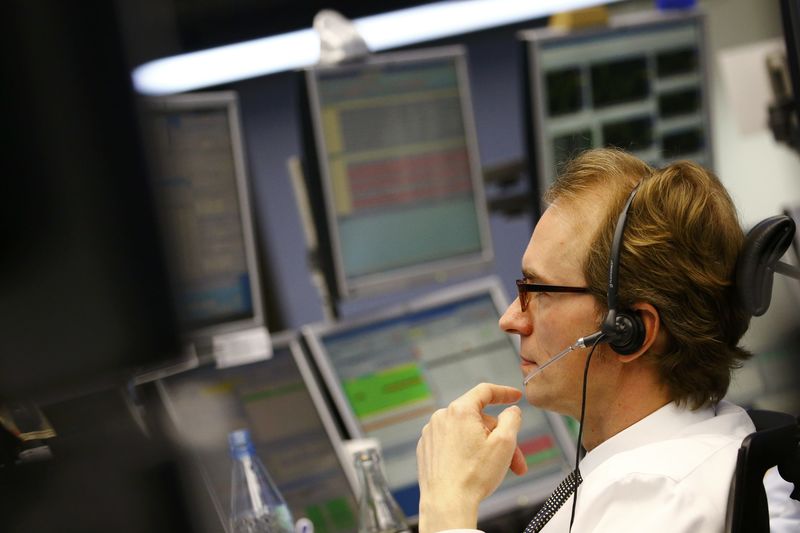Nuscale Power earnings missed by $0.02, revenue fell short of estimates
Investing.com -- The US dollar’s status as the ultimate safe-haven currency could be nearing its end due to President Donald Trump’s universal tariffs, warns Nigel Green, CEO of deVere Group, a major independent financial advisory organization. This warning comes as Trump prepares to implement a wave of tariffs on overseas goods, which he claims will fuel a remarkable revival of the United States.
Green indicates that the universal tariffs on all US imports, announced in a bold statement from the White House, signal a significant increase in global trade tensions and a drastic shift from years of open-market policy. Although the dollar may initially surge as investors seek perceived safety in response to the shock, Green suggests that this crisis differs from others. The threat is originating from within the US, and the dollar’s safe-haven status may not withstand ongoing inflation, declining real yields, and increasing skepticism in American economic leadership.
Universal tariffs decrease imports and, consequently, the demand for foreign currencies, which could mechanically boost the dollar. Following the announcement, the dollar initially strengthened against emerging market currencies and commodity-linked peers due to global risk aversion. However, Green points out that this is an essentially inflationary policy that undermines the dollar’s long-term strength.
He elaborates that tariffs will increase costs on a wide range of consumer and industrial goods, leading to higher prices overall. With Trump also aggressively advocating for interest rate cuts, the US faces a weaker growth outlook paired with rising prices and political pressure on the Federal Reserve to maintain a dovish stance. This situation sets the stage for potential dollar weakness in the medium term.
The dollar’s reserve currency status relies not only on the size of the US economy but also on trust in its institutions, rule of law, and commitment to relatively open trade. Comprehensive tariffs directly challenge this foundation. Green notes that if the world begins to view the US as an unreliable trading partner, or one that uses its currency and economic size as a weapon, this changes the entire scenario.
Signs of strain are already appearing. Central banks in China, Russia, and parts of the Middle East have been slowly decreasing their reliance on US Treasuries. The emergence of digital currencies and bilateral trade agreements in non-dollar denominations suggest a gradual but real shift in the global monetary order.
As Europe, China, and other major economies retaliate, the dollar could face persistent pressure. Green affirms that if real yields decrease, trust diminishes, and the US is perceived as the source of global instability rather than its shield, the dollar could start to lose its unique safe-haven advantage.
Green concludes that tariffs will have an impact, and inflation will increase. If the rest of the world perceives the US as abusing its monetary power and deserting open trade principles, the shift away from the dollar could speed up, marking a historical turning point for the US currency.
This article was generated with the support of AI and reviewed by an editor. For more information see our T&C.
